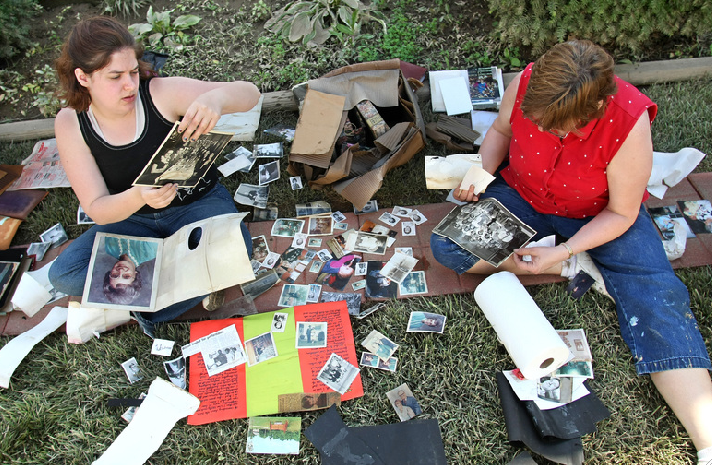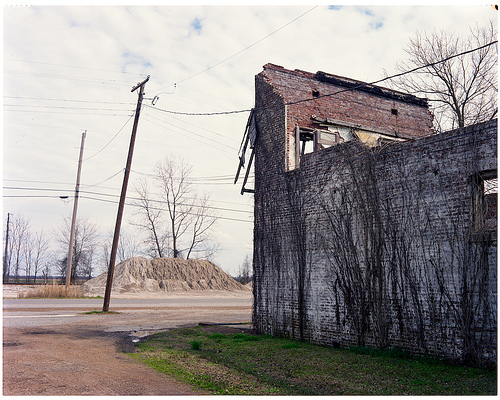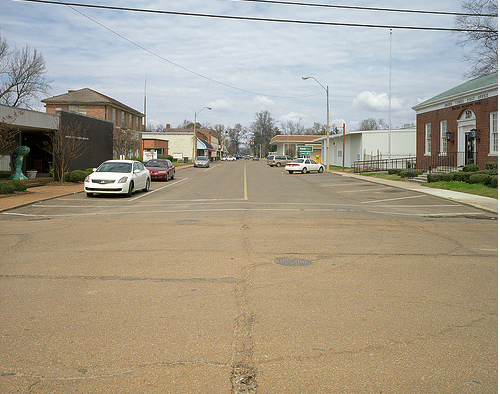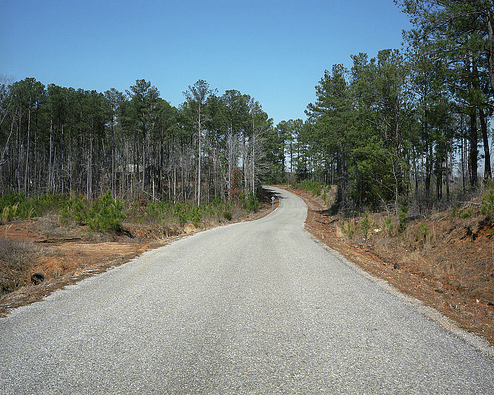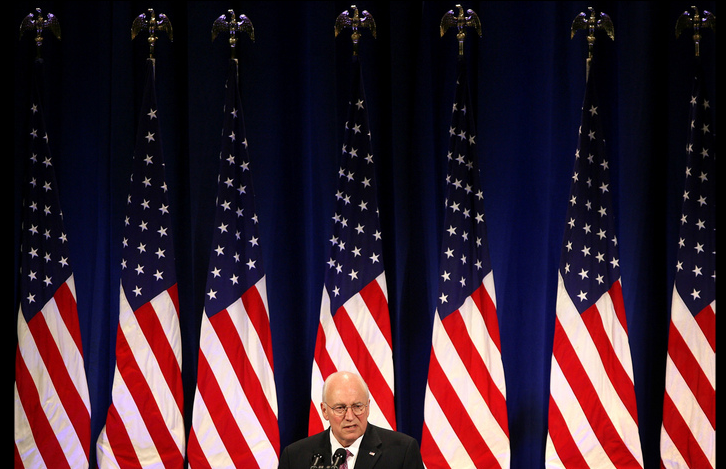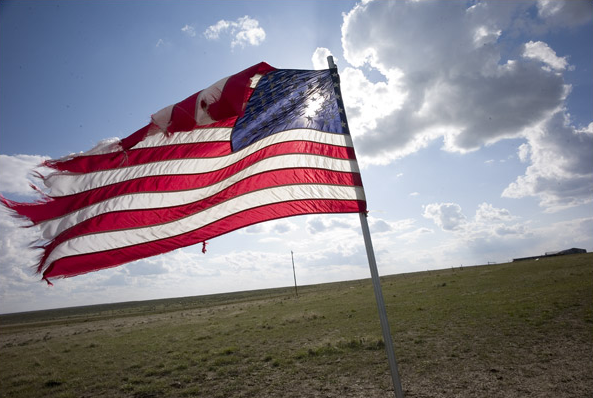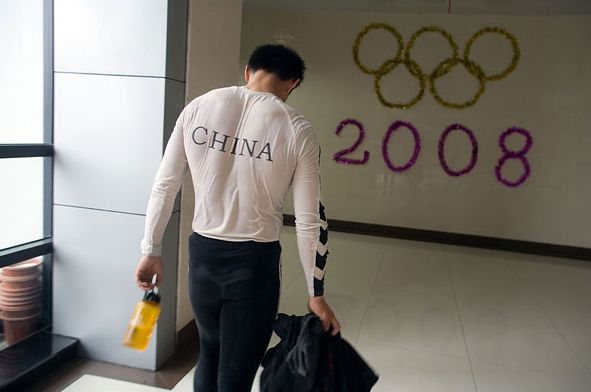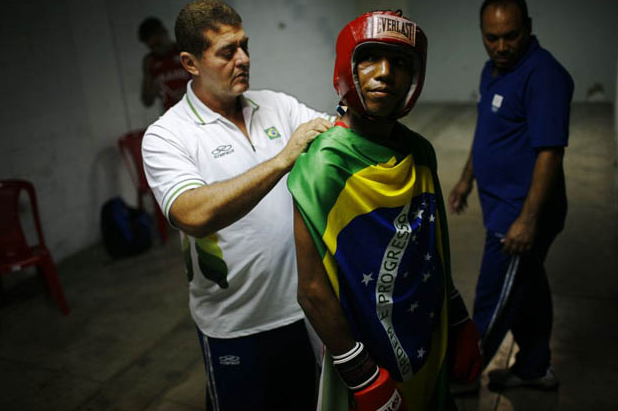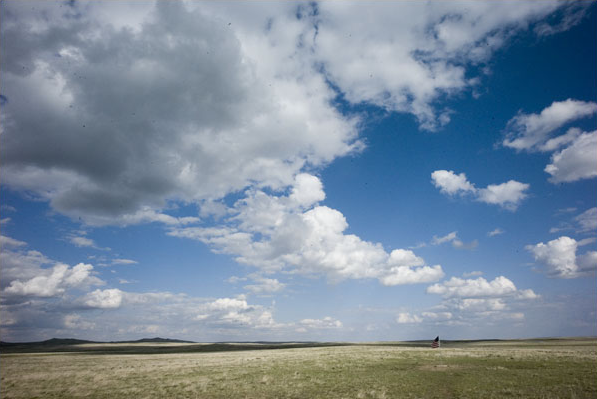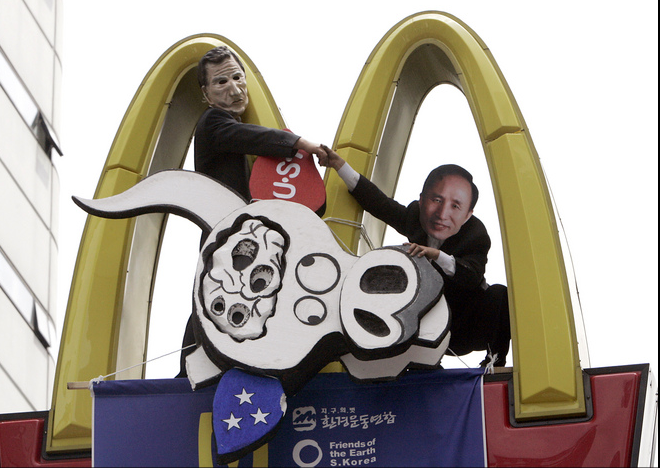Over the past few weeks Midwestern states including Iowa, Wisconsin, and my home state of Indiana have experienced monstrous storms and heavy flooding with homes being ripped off of their foundations and entire towns and cities being submerged for days on end. If the damage and devastation is not quite at the level of Hurricane Katrina it is nonetheless tragic enough and it will take years for many of these communities to recover—if recover they can.
Local photojournalists have done an excellent job of documenting the storms and their effects, but as with any such “event” there is a fairly conventional litany of photographs that seem to recur: aerial views of the flood waters (which of course distance the viewer from the event in something like a God’s eye view); shots of the incredible damage effected by natural forces gone out of control—including both long shots that invite a sense of magnitude and then extreme close-ups (often of personal possessions) that encourage a sense of viewer identification; forlorn victims (there but for the grace of God …); people—neighbors and/or strangers, it is often hard to know which, and the ambiguity itself is telling—helping and/or comforting one another; officials either surveying the damage or lending assistance; children easily and inventively adapting to the changed circumstances as they find ways to convert the damaged world into a new kind of playground; and so on. Taken as a whole, and repeated over and again in different newspapers, magazines, websites, and television broadcasts, such images constitute a visual narrative with strong normative implications for communal living.
In the days immediately following the floods in central Indiana much attention was dedicated to families who seemed to have lost everything—homes, vehicles, furniture, clothing, etc. I was thus initially surprised to find a series of photographs in the Indianapolis Star that focused attention on people who had dedicated their attention to salvaging and preserving family photographs.
Here a granddaughter and grandmother “sort through family photographs to help clear off the mud and the preserve them” in Columbus, Indiana, one of the towns hardest hit in the southern-central part of the state. As I studied this photograph and several others like it I recalled Nancy West’s wonderful book Kodak and the Lens of Nostalgia, a cultural history of the snapshot that examines the ways in which for generations Kodak has “taught” us how to take and display photographs—generally of children playing; special events that mark the passing of time such as holidays, anniversaries, graduations, etc.; prized possessions such as homes and cars; and, of course, family vacations—and in the process to produce a nostalgic sense of family history as representing something of a happy and ideal past.
That last point is something that students often resist until I require them to bring their family photo albums to class (and the “family photo album” is a social practice that seems to transcend class, race, and most other demographic categories), but it doesn’t take a great deal of reflection to realize that even if pictures of “unhappy” moments in the family history were taken they rarely if ever make it into the family archive of visual memory. And that we value such memories is underscored by the photograph above. Surely, one might imagine, given the magnitude of the destruction wreaked by the floods, that these women have more pressing tasks confronting them, but here they take precious time to “sort through” their past—two women crossing the divide of family generations working together to “preserve” a particular sense of family memory.
A second photograph from the same community—but not of the two women above—effects a shift from long view to close-up and in so doing accents the practice of snapshot preservation as cultural (and maybe even universal) rather than idiosyncratic.
The disembodied hands make the point: This could be anyone. Of course, the hands are gendered, and so there is a sense in which such preservation is cast as “woman’s work”—a stereotype displayed in the longer shot above—but there is a different point to be made. Notice how the hands work carefully and gently to wipe away traces of the flood, and in so doing it also erases part of the history of the image, seeking to preserve the millisecond captured by the camera in its original condition, unaffected by the passage of time. It only makes sense, of course, but it also should call our attention to how the photograph itself and its preservation in a frame or an album or an old shoe box is always already an erasure of the past in the interest of a nostalgic recollection of happier, less troublesome times.
And the reason for all of this, it seems, is clear, for the power of memory and the emotional connection to something larger than ourselves is palpable and no less essential to social sustenance than food and water is to the physical sustenance of the body. It is a point, you may recall, imaginatively developed in Ridley Scott’s Bladerunner, a movie of a not-too-distant society where androids otherwise indistinguishable from human beings nevertheless lack the experience ordinarily accumulated across the life cycle and necessary for the management of the rawest human emotions. The solution, it turns out, was to implant a past that they could believe in, and for these androids the “reality” of their memory implants was manifest in the family photographs that they treasured and carried with them. It didn’t matter that they were real or true; what mattered was that they were realistic and valued.
As the Kodak slogan used to say, “We capture your memories forever.”
Photo Credit: Matt Detrich/Indianapolis Star; In addition to Nancy West’s Kodak and the Lens of Nostalgia be sure to see also Marianne Hirsch’s Family Frames: Photography, Narrative, and Postmemory.
